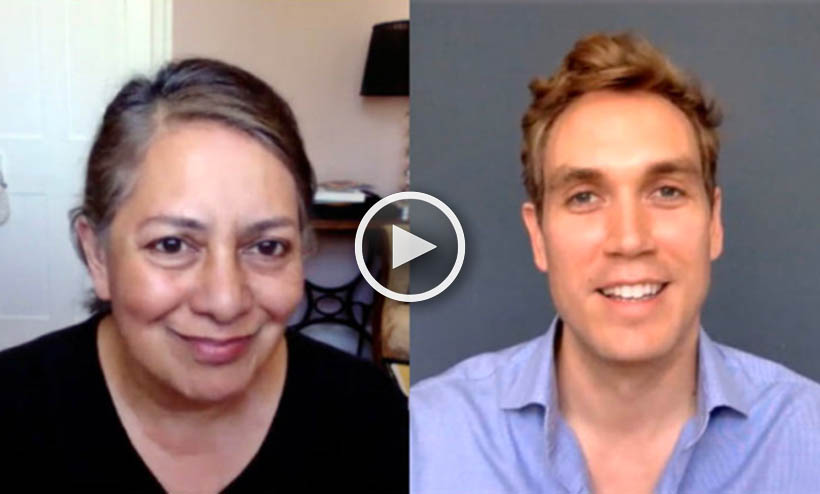Sat 30 May 2020:
COVID-19 has a death rate of only 0.05 percent, and the coronavirus pandemic is “on its way out” of the UK, according to a leading epidemiologist at the University of Oxford in an interview with UnHerd’s Lockdown TV.
Professor Sunetra Gupta’s estimation is far lower than some other prominent epidemiologists who have put the number at around 0.8-1 percent. The difference in these numbers is a key variable for policymakers who are attempting to calculate the cost of lifting lockdown measures as governments begin to send people back to work.
“It’s clearer and clearer that the burden of deaths is unfortunately being borne by the elderly, and those who have comorbidities or other predisposing conditions. That has certain implications for infection fatality rate,” she told UnHerd TV’s Freddie Sayers.
“I think that the epidemic has largely come and is largely on its way out, in this country,” she said.
On the death rate, she said, “I think it would be less than 1 in a 1,000, and probably closer to 1 in 10,000,” clarifying that the rate was probably closer to 0.05 percent, or 5 deaths in 10,000 cases.
Antibody tests ‘extremely unreliable’
Gupta’s hypothesis that coronavirus is gradually receding is in part based on the prediction that a significant number of the population has already caught coronavirus and developed temporary immunity to it, in line with the “herd immunity” strategy advocated by the Swedish government and others.
The logic behind the strategy has come under question recently, after studies in Sweden in April and Spain in March suggested only 7.3 and 5 percent of the population had developed immunities, respectively.
However, Gupta pointed out that while the real immunity rate is difficult to calculate, it is likely much higher because antibody tests are extremely unreliable and often fail to detect antibodies. The tests can also give false positives.
“I think one has to be aware that a lot of these antibody tests are extremely unreliable,” she said.
Because the tests fail to detect antibodies often, there could be a chunk of the population that has them and is therefore resistant to a second round of infection, she suggested.
While Gupta acknowledged that assessing the levels of immunity in a population is difficult and requires the development of a “proper statistical framework,” she also suggested that immunity – not lockdown – was potentially the driving force behind the behavior of the coronavirus.
“Various countries … have had different lockdown policies. And yet, what we’ve observed is almost a uniform kind of pattern of behavior, which is highly consistent with the OSI model. To me, that suggests that much of the driving force here was due to the build up of immunity,” she explained.
Think your friends would be interested? Share this story!






